
Create a Magical Garden with These Moss Landscape Design Ideas!
Published: 16/01/2023 | Updated: 13/05/2023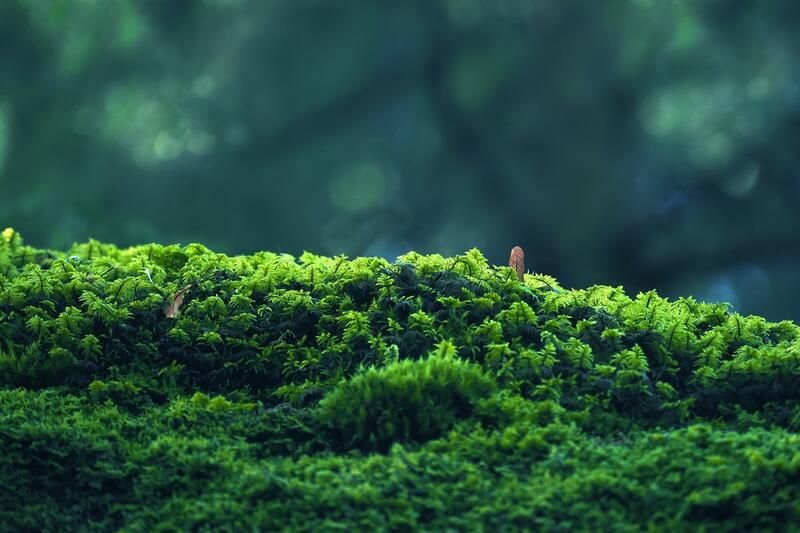
We're used to seeing moss in wooded areas on the north side of trees or growing on stones in damp spots.


Moss reminds us of peaceful, undisturbed nature.
While moss may seem messy, it's very easy to grow and maintain which makes it fit for many residential landscape projects.
We will go over some ideas and inspirations to help you create a serene garden or your magical little forest using moss.
To make the best use of mosses in your garden projects, you should first understand how they work.
What Is Moss?
Mosses are nonvascular and flowerless plants that are vastly present in nature.
Since they don’t have root systems, they commonly thrive in shaded and damp spots as they get their needed water intake directly through their leaves.
Moss is super easy to use in landscaping and ornamental garden projects owning up to its very low-maintenance cooperative nature.
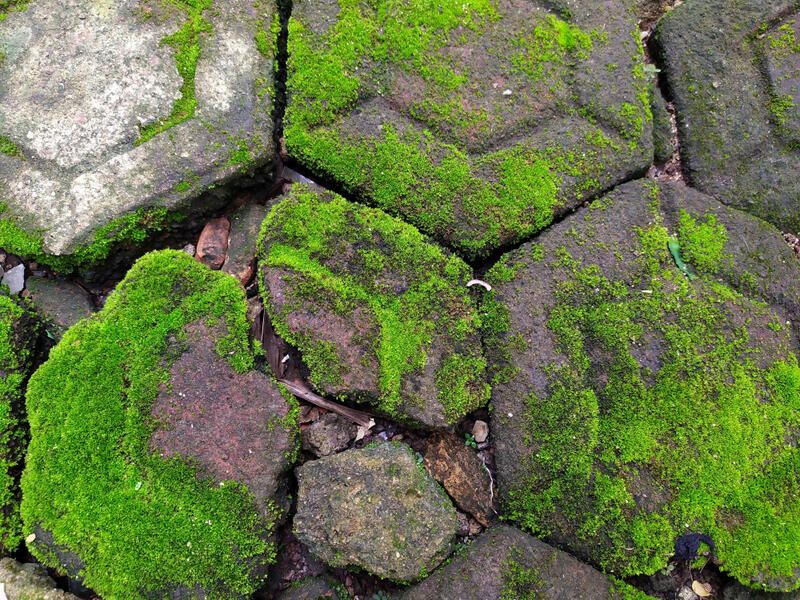
Common Types of Moss
1. Cord Moss
Cord moss is a hydration-loving plant that grows best in a well-shaded environment. In the right conditions, cord moss grows in dense mats making great material for landscape projects.
2. Common Haircap Moss
They're a type of evergreen perennials that sometimes change color, but even in their normal skin, they're super showy and charming.
Haircap moss is the perfect natural component for texture interest as it grows unique foliage shaped like stars or fireworks.
3. Delicate Fern Moss
This is another type of moss that grows in dense carpets and prospers in well-draining wet soils and shaded spots.
Fern moss is an excellent choice for zen garden projects as it adjusts and lingers well with rocks and other hardscape garden elements.
4. Tree Moss
Tree moss grows in the same average mossy conditions we've gone over. The foliage tends to look like conifer trees (Hence the name).
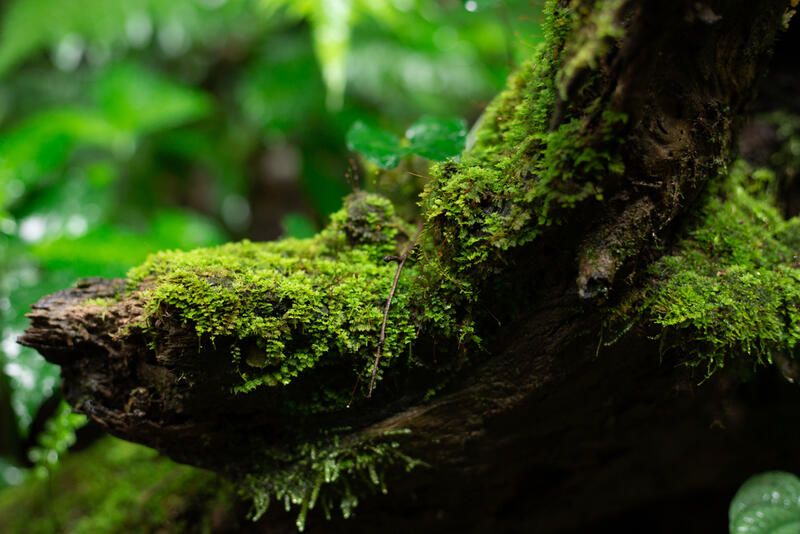
Steps to Creating a Successful Moss Garden
If you're planning to incorporate moss in your outdoor areas, make sure to follow the steps below for a successful project.
1. Select a Location
Mosses survive better in shaded sites but they still need sunlight to perform photosynthesis. Select a location that's mostly in the shade but catches indirect sunlight throughout the day.
Avoid loose surfaces like gravel to help the rootless plants survive. Make sure your growing site is on solid soil.
2. Select The Proper Moss
It's very important to choose a type of moss that will survive in the area you're working with. A few pointers to consider are soil nature, sunlight exposure, and foot traffic.
3. Condition Your Moss
The perfect time to start growing your moss is most likely around spring.
This fact can change but in any case, make sure it's warm enough to plant and that your moss will be getting the needed moisture to grow.
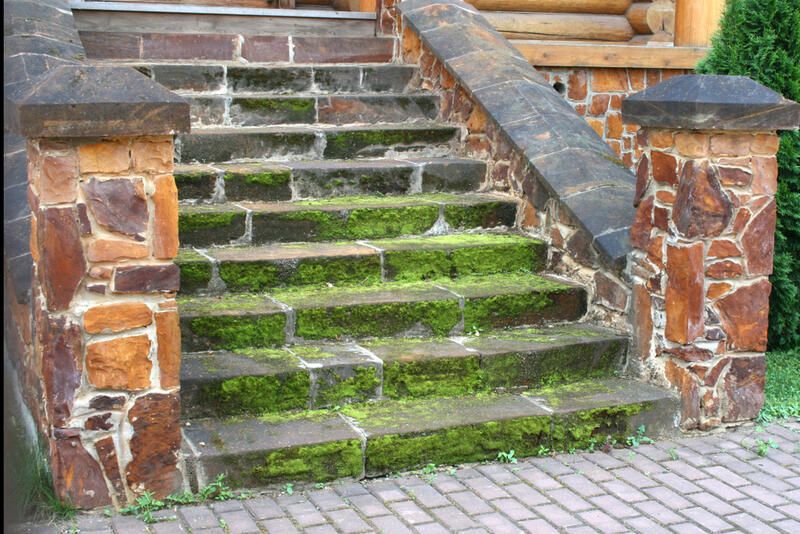
Moss As Ground Cover
Moss makes a great alternative to grass.
It is sustainable, easy to maintain, good for the ecosystem, and pollinator friendly.
And on top of all that, you won’t need to worry about mowing lawns.
Some mosses also tend to endure foot traffic better than regular grasses making them a stronger substitute.
Some moss types have interesting color shades and textures that can give your yard an aesthetically pleasing pop.
Here are the best moss options for ground cover.
Irish Moss
Irish moss is a summer-blooming perennial ground cover best suited for zones 4 to 8. It’s probably the most popular ground cover on the list.
While it’s not considered a moss, it’s often mentioned on the same list due to having similar characteristics.
Irish moss has different growing conditions from regular mosses as it doesn’t grow well in a completely shaded area but tends to grow healthy in full and partial sun.
Hypnum
Hypnum is another common type of ground cover moss. It grows in dense sheets in shaded areas and since it’s vastly found in nature, it does well in most planting zones.
Hypnum moss is not as traffic tolerant as other types of moss so it’s best used in lower foot traffic areas of a garden.
The fast-spreading low growing nature of this moss is what makes it a perfect alternative to lawn.
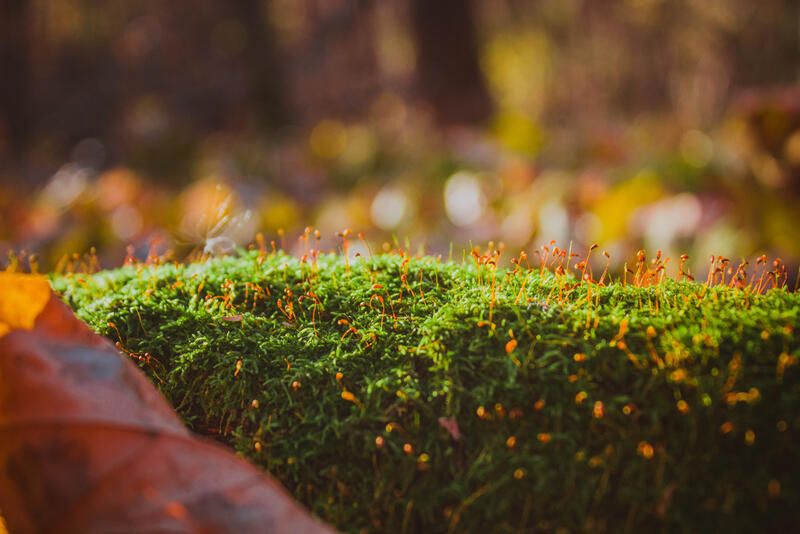
Leucobryum
Otherwise known as pillow moss or cushion moss. It grows in mounds or clumps in shade and partial indirect sunlight.
Cushion moss is highly used in decorative projects and terrariums owning to its fluffy ornate nature.
Moss Landscaping Ideas
Mosses have a very soft natural allure that makes them very attractive in any garden. Here are great ways to integrate moss into your landscape layout.
Organic walkways
Moss is often used between pavers, concrete slabs, or flagstones for patios and other hardscape garden projects.
Create charming walkways with moss and natural stone to fluidly connect between different sections of your garden.
This project can work with a handful of garden styles based on the type of moss and the arrangement of pavers you settle on.
Zen Gardens
The soft fuzzy texture of moss paired with a nice selection of rocks, statues, and lanterns will give you a dreamy zen shade garden.
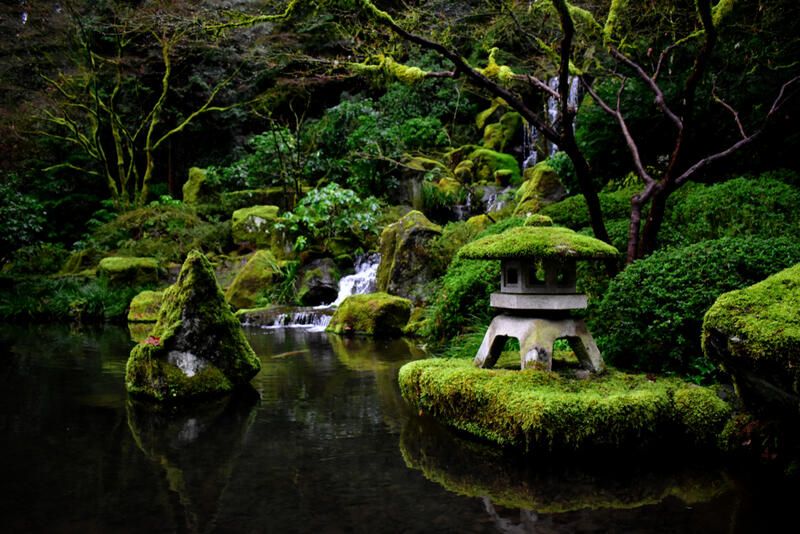
Meadow Gardens
Moss can be used for pathways along meadow gardens to add function and complement the natural design and on the outer side of a rain garden for a fuller look.
Decorative Mini Moss Gardens
Miniature garden bowls, terrariums, and other small ornamental natural systems are all moss projects you can use to decorate different spots in your garden.
Ornamental Moss Balls
Moss balls are the cutest little natural ornaments.
You can hang them from a ceiling like little clouds, lay them out in a Japanese garden setting, or place them on a bowl or a tree branch for decoration.
DIY Moss Art Frames
Using picture frames, air succulents, and moss, create charming artwork pieces you can hang on a patio wall or bare sides of garden structures.
Moss Wall Art
For this project, you can work with an entire wall or section out different spaces to create a symmetrical design.
Use a mix of different mosses and airy plants to create a full, lush look.
The best thing about these projects is their low-maintenance character as the only maintenance required is misting every once in a while.
If you're looking for a magical garden layout, Shrub Hub can help you bring your vision to life!
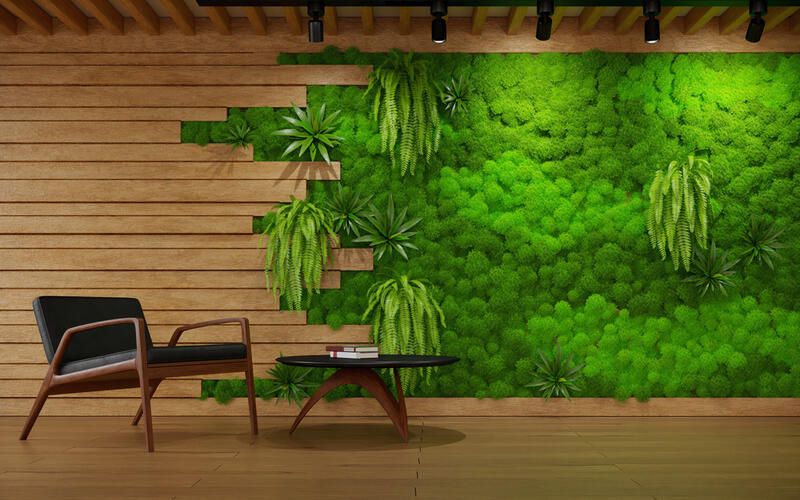
Who Are We
ShrubHub is an award-winning full-service landscape design company.
Our efficient team shares a passion for landscape design and a goal to make exterior planning as easy as a walk in the park!
What Makes Us Special Amongst Other Services
Our service holds quality, time efficiency, value, and personal experience in high regard.
Shrub Hub's design packages cover all your landscape needs while being the most affordable, most personalized, and least time-consuming on the market!
For under 300$, you'll work directly with one of our passionate project managers starting from a 1:1 phone consultation till we link you up with a local landscaper from our vast network.
Our service provides attractive offers for plant orders and provides door-to-door plant shipping.
Ready to start your outdoor renovation? Create your design profile now!
For further questions, please email design@shrubhub.com and our team will get back to you within the day.


